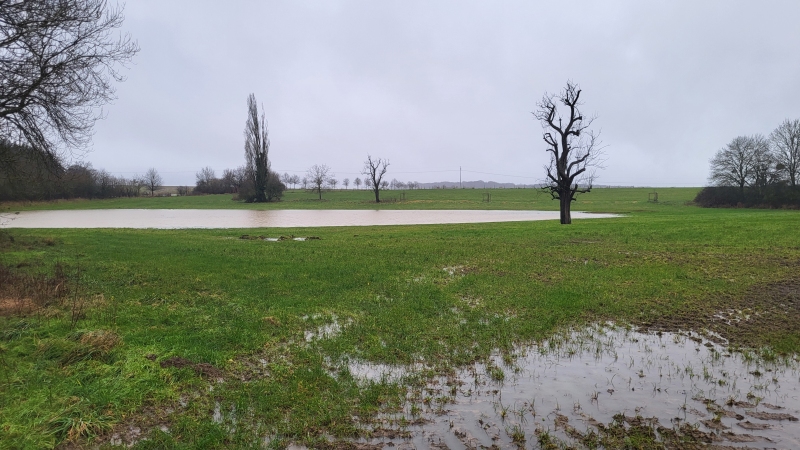What if we’d understood the idea of concentration the wrong way around? If we understood it as applying an effort to avoid damage or to make our will happen?
In his book “On learning golf” Percy Boomer highlights how difficult situations invite many of us to pay attention to any error we might make. For example, he describes how most of us will instinctively feel at risk while walking on slippery ground. To “make sure they don’t fall these people will make an extra effort. It’s a behavior contrasting the one in circumstances without noticeable risks. A situation in which most of us will walk effortlessly.
Boomer compares this with different situations while playing golf. When there is a lot of space, most golfers feel at ease and will play without hesitation. When there is a water hazard, a bunker, or some other element on the course that creates a sense of difficulty, many golfers will suddenly feel less at ease and start to focus on what they want to achieve as they perceive it as being at risk. They then want to “make sure the ball flies past that hazard.”
In both cases, as Boomer describes it, our attention is pulled away from the movement we are used to execute and shifted to the risk we perceive. It’s when we’ll add extra effort in the hope that our execution of the movement is assured to bring us the desired result.
Most golfers know that this leads to movements that are less fluid and exact than under conditions in which they are at ease. The same happens in everyday situations when people become attached to the desired outcome.
What if, a better understanding of concentration would be to focus on executing the movement as our body learned to execute it? And to use our ability to concentrate to let go of all unnecessary distractions while executing our movement? It may mean slowing down, taking the time to free the mind of the perceived risks, considering the need to adapt to the circumstances, and then allowing the movement to unfold.
It doesn’t mean rejecting the existence of a risk and pretending it is not there. It means engaging with what we learned to do, trust that ability without putting it at risk, and staying present to the movement.
Being aware of the risk means knowing that it might not work out while giving our ability to perform all the effortless space it needs.


